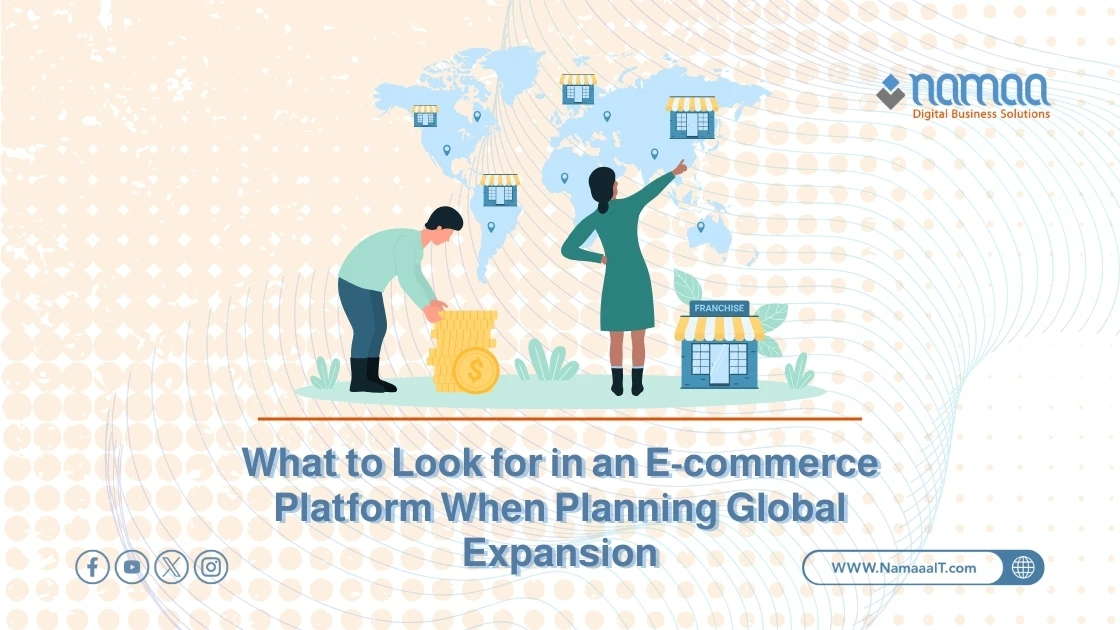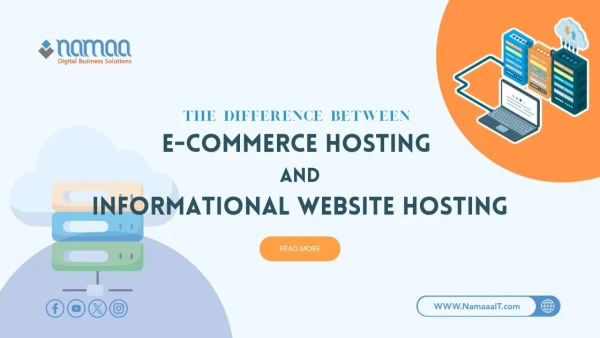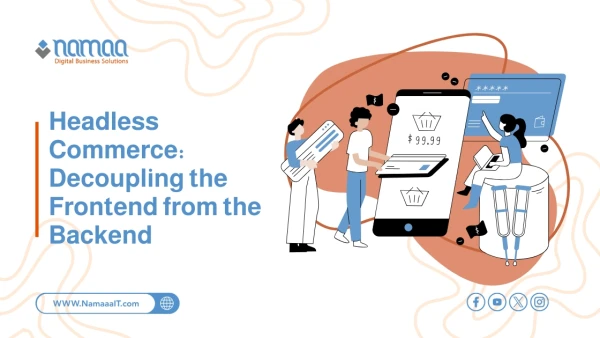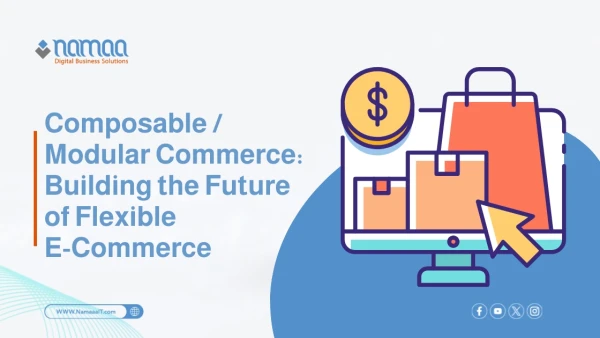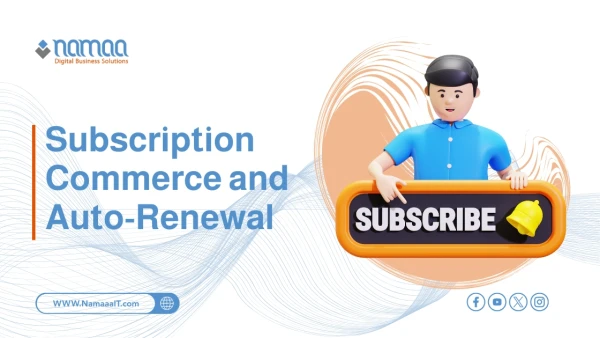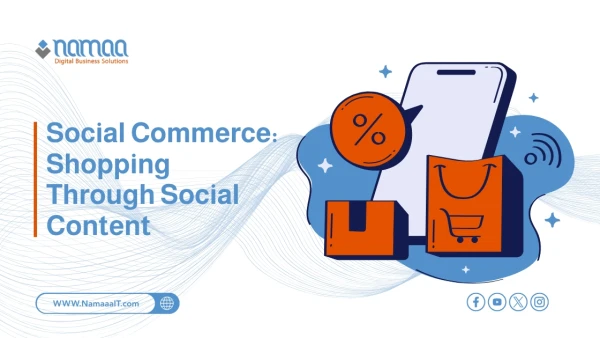If you’re planning to expand your e-commerce business globally, choosing the right platform becomes a critical decision.
International expansion isn’t just about offering your store in multiple languages—it requires a technical infrastructure that supports the complexities of various markets, from currencies and taxes to shipping options and integration with local payment systems. That’s where the choice of platform plays a vital role.
PolarisMAX is a powerful example of a solution tailored for global growth.
It offers not only a seamless, multilingual user experience but also supports scalable technology without technical complications. It integrates easily with both global and local payment gateways and allows flexible settings to manage stores by country or region, giving businesses full control over their strategies.
What's the Difference Between Local and Global E-commerce Platforms?
The difference goes beyond just supporting multiple languages or currencies.
Local platforms are typically built to serve a single market—they’re optimized for domestic payment systems, internal tax handling, and regionally limited shipping options. They might be user-friendly and quick to launch, but they struggle when trying to expand into international markets.
On the other hand, global platforms are built from the ground up to serve multi-national audiences.
They support multiple language, currency, tax, shipping zone, and pricing rule configurations. They also allow for centralized control of multiple storefronts through a single dashboard—making it possible to enter new markets without needing to build a separate store for each one.
Global platforms also integrate easily with international payment gateways like Stripe, PayPal, and Apple Pay, as well as with local options in specific countries. They often include tools for market analysis, region-based performance tracking, and detailed reporting to support strategic growth decisions.
How to Choose a Platform that Supports International Sales
Choosing an e-commerce platform for international sales requires deep understanding of the challenges beyond your local market. Popularity and ease of use aren’t enough—it must be designed for global complexity. Key factors to consider include:
Multi-currency support, so users can view prices in their local currency.
Full language support, including interface and user experience localization.
Integration with global and local payment gateways (e.g., Stripe, PayPal, and local options in target countries).
Flexible shipping and tax settings per region or country—covering shipping rates, customs duties, and tax rules.
Segmented analytics tools, so you can monitor performance in each market and identify growth opportunities.
PolarisMAX: The Best E-commerce Platform for Global Expansion
In today’s fast-moving e-commerce world, having a functional store is not enough—it must be globally ready.
That’s where PolarisMAX shines as one of the most powerful and intelligent solutions for businesses targeting international markets.
What sets PolarisMAX apart is that it’s designed for businesses transitioning from a local market to multiple global markets—without requiring a complete tech overhaul. It offers full multi-language and multi-currency support, seamless payment gateway integration, and customizable shipping and tax policies per country or region.
Additionally, it includes advanced analytics tools that highlight performance by region, helping you tailor your marketing and sales strategies based on actual market data. You can manage multiple stores under one account, growing your business without heavy development costs or large tech teams.
PolarisMAX isn’t just a platform—it’s a complete growth system for companies serious about going global. It blends usability with technical flexibility, making it ideal for businesses in the Gulf and the Arab world looking to confidently enter European, Asian, and American markets.
If global expansion is on your mind, PolarisMAX isn’t an optional extra—it’s the foundation your global success is built on.
Shopify vs. Magento: A Global Expansion Comparison
Both Shopify and Magento are big names in e-commerce, but they serve different needs when it comes to global expansion.
Shopify is a SaaS platform focused on simplicity and speed—ideal for small to medium businesses looking to expand quickly without diving deep into technicalities. It supports multiple languages and currencies and integrates with major global payment gateways. However, it’s limited in advanced customization, which may be a barrier for companies needing more flexibility in international operations.
Magento, especially Magento Commerce, is open-source and allows for almost unlimited customization—ideal for large enterprises with in-house tech teams or long-term development partners. It excels in managing multi-market operations and region-specific policies, but it requires significant time and resources to implement and maintain.
Choosing between the two depends on your business’s technical maturity and ability to manage the expansion. Shopify is faster and easier but may fall short long-term. Magento offers deep control, but at a higher cost in terms of resources.
For businesses looking for a balanced solution, PolarisMAX offers the best of both worlds—cloud-based simplicity with enterprise-level flexibility.
Local and Global Payment Gateway Support in Platforms
One of the most critical aspects of successful global e-commerce is how well your platform supports both local and global payment gateways.
Selling in multiple markets means facing a wide variety of customer preferences. In the Gulf region, for example, cash-on-delivery and Mada cards are popular. In Europe, PayPal and Apple Pay dominate, while in parts of Asia, Alipay and WeChat Pay are essential.
Globally strong platforms understand this challenge. That’s why they are built to integrate with many payment gateways easily—without complex coding. Offering multiple payment options builds customer trust and lowers cart abandonment rates.
PolarisMAX offers a competitive edge here. It integrates with regional gateways like Tap and PayTabs, as well as international ones like Stripe and PayPal. It also allows store owners to manage different payment settings per market—enabling them to activate custom options depending on the country being served.
Having a flexible payment infrastructure is key to successful market penetration. It not only facilitates smoother transactions but also reflects an understanding of local buying behavior—boosting customer loyalty and conversion rates.
In Summary
✅ Over 70% of shoppers prefer to buy from stores that support their language and currency—making multilingual and multi-currency support essential.
✅ More than 60% of cart abandonment happens because preferred payment methods aren't available—so integrating global and local payment gateways directly increases conversions.
✅ Companies using flexible platforms like PolarisMAX see a 40% boost in international sales within the first 6 months of expansion, thanks to unified management and smooth integration.
✅ 95% of companies that succeeded internationally started by choosing platforms that support localized tax and shipping settings—proving that technical infrastructure is foundational.
✅ Magento offers extreme flexibility but at a higher operating cost compared to PolarisMAX—making it a less ideal option for many businesses.

